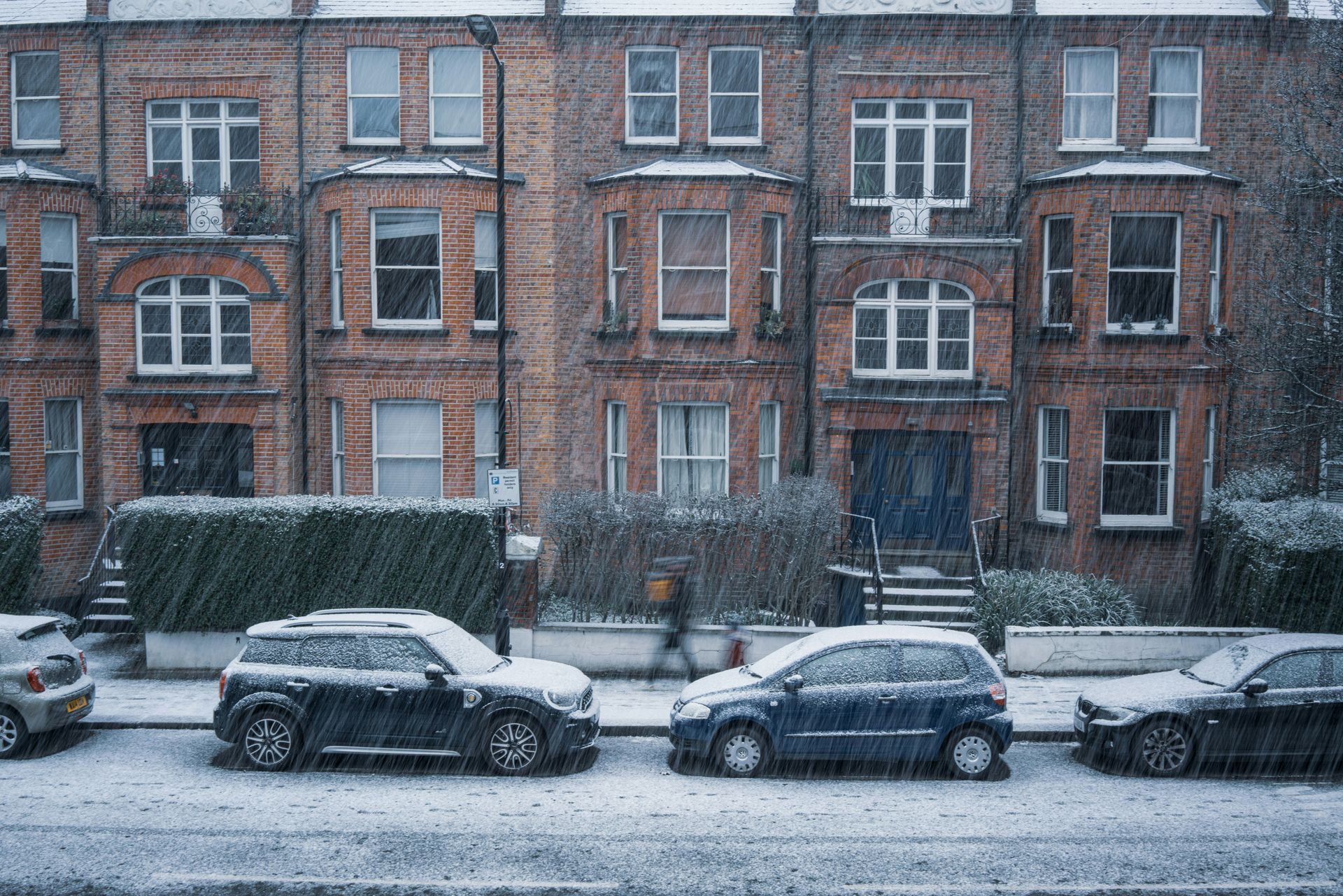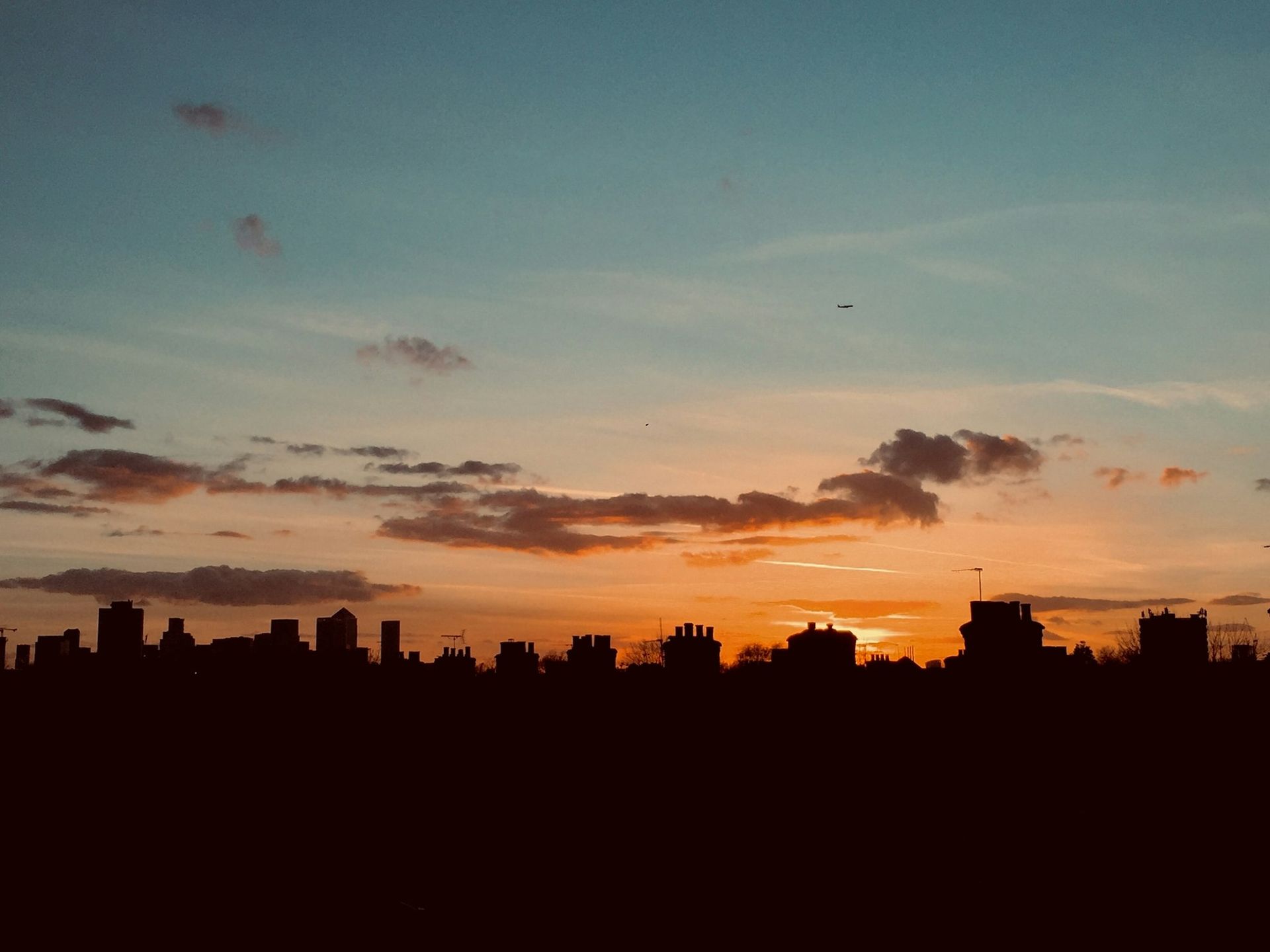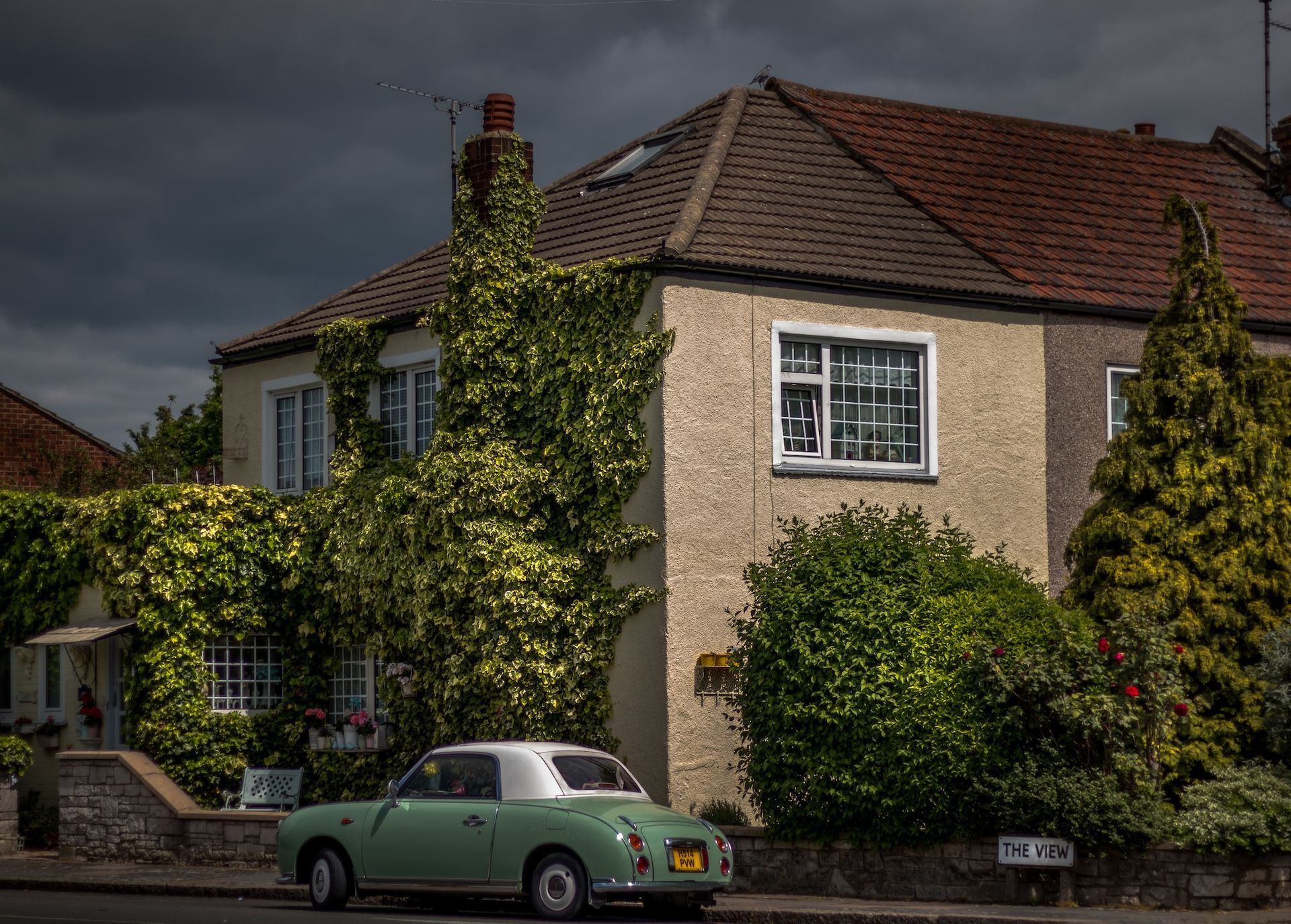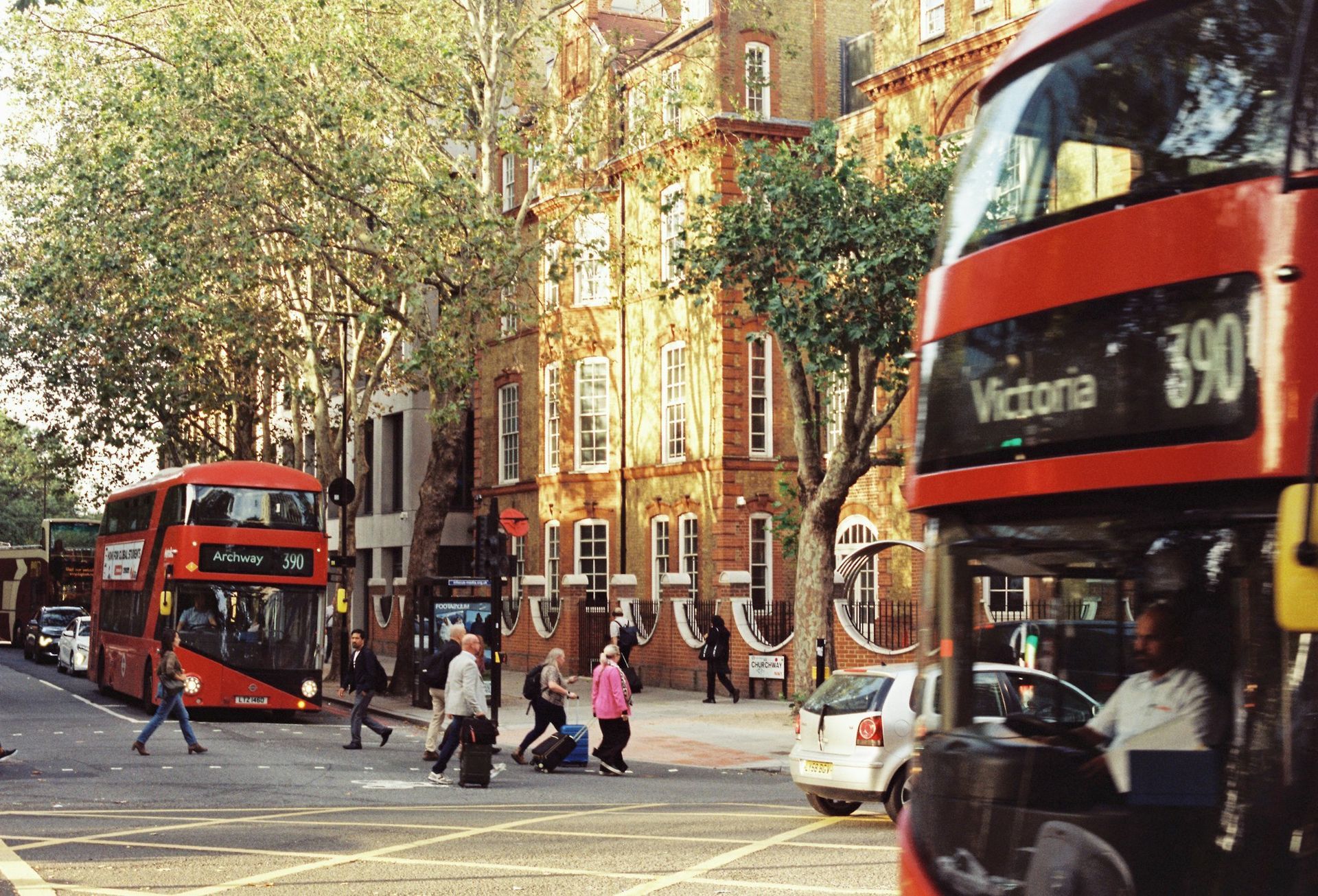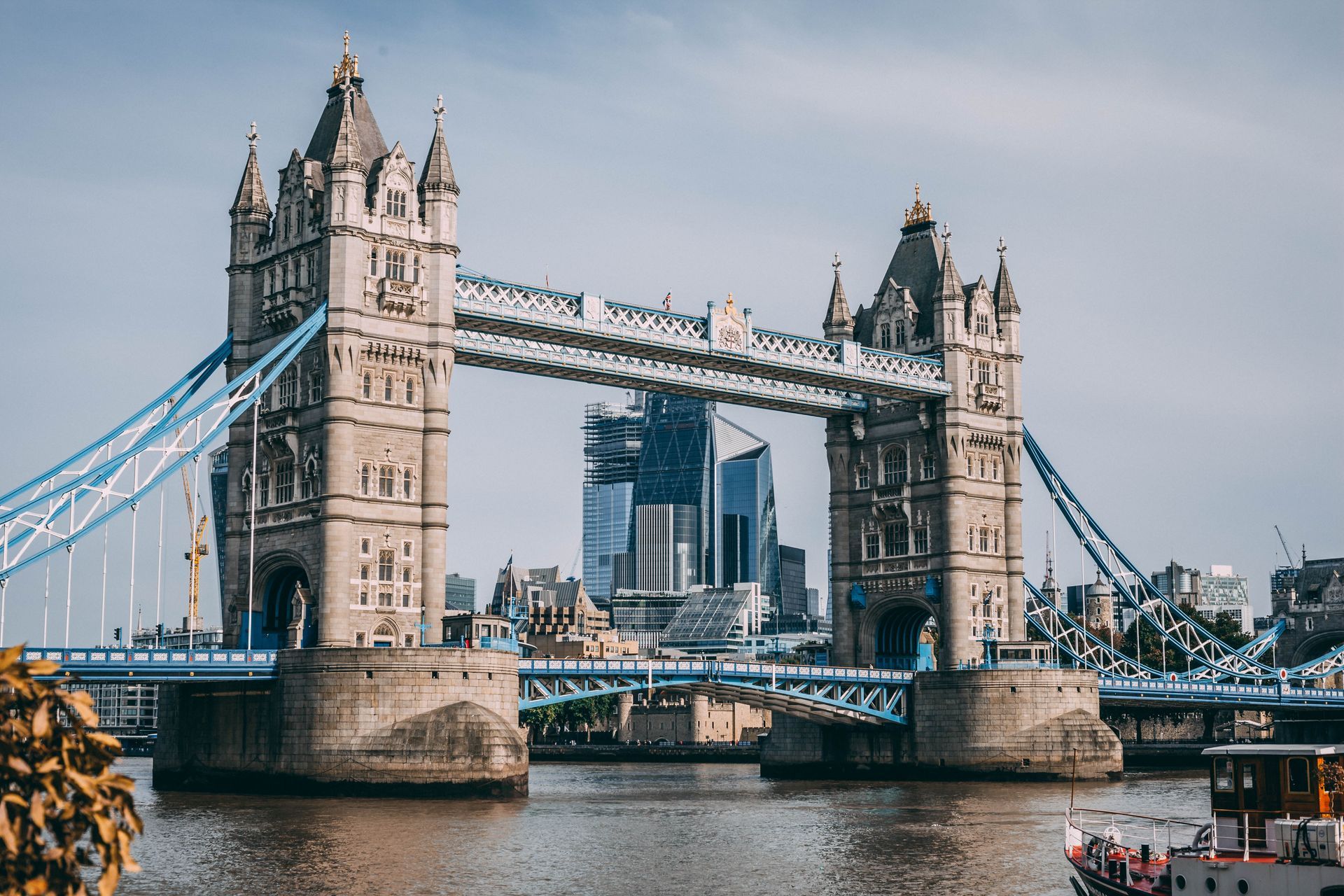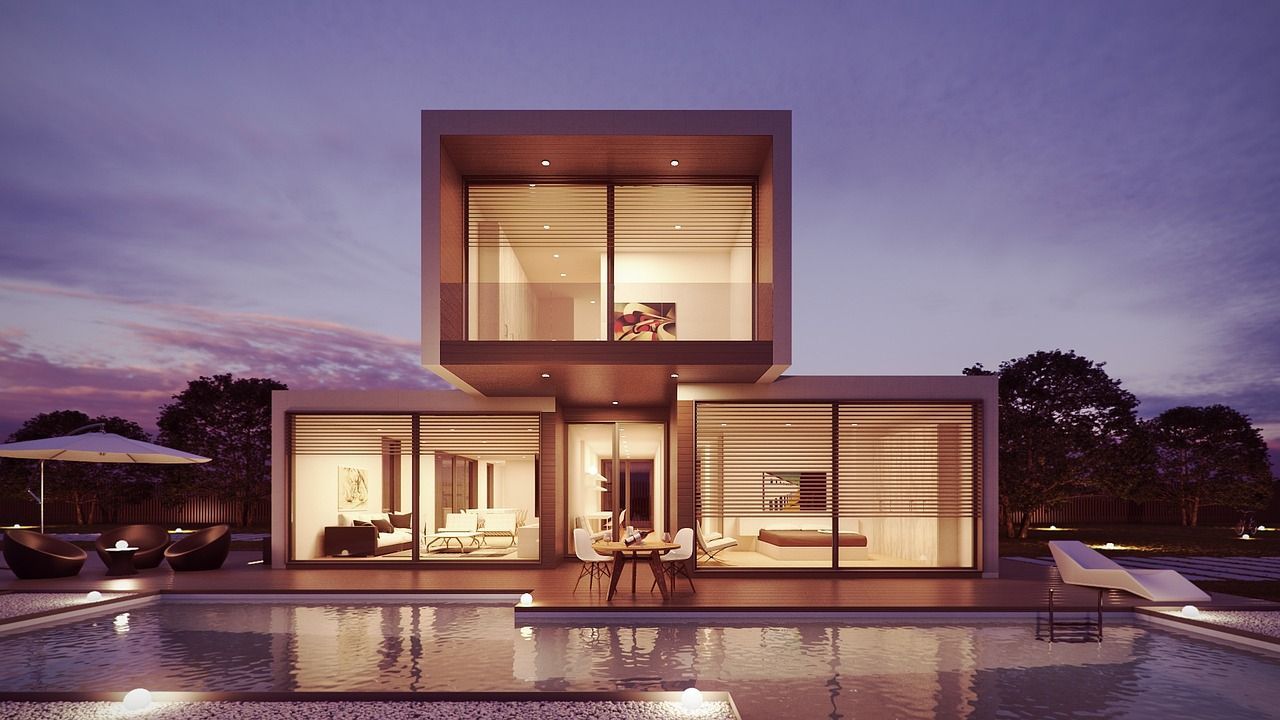What to Do If Your Neighbouring Development Is Blocking Your Light?
The sense of peace and openness in your home can be deeply disrupted when a neighbouring development rises up and begins to block your natural light. Whether it’s a new extension, a tall fence, or an entirely new building, losing sunlight can have practical, aesthetic, and even psychological consequences. But what rights do you have as a homeowner? And what can you actually do about it?
This guide walks you through the legal principles, your options, and the steps you can take to protect your access to light.
Understanding the Right to Light
In the UK, there exists a common law right called the “Right to Light.” This is a legal easement that can be acquired if light has passed through a window for 20 years or more without interruption. This right doesn’t guarantee a full flood of sunlight, but it does mean that your property is entitled to receive enough natural light for ordinary domestic use.
Unlike planning laws, which are managed by local councils, the Right to Light is a civil matter. That means you must typically go through legal channels yourself if you want to enforce it.
Step 1: Assess the Impact
Not all reductions in light amount to a legal infringement. Before pursuing action, assess:
- How significant is the reduction in light?
- Is it affecting your quality of life or ability to use your rooms?
- Is the blockage total or partial?
- Which rooms are affected (courts consider habitable rooms more seriously than hallways or storage areas)?
You may want to take photos at various times of the day to document the loss of light and get a baseline comparison.
Step 2: Consult a Right to Light Surveyor
The next step is to consult a qualified Right to Light surveyor. These professionals can:
- Measure the light levels before and after development
- Use specialist software to determine legal infringements
- Advise you on whether your case has merit
They may produce a “Waldram Diagram,” a calculation used to assess whether a property still receives enough light under the 50:50 rule (i.e., at least half of the room should receive adequate light).
Step 3: Speak to Your Neighbour
It’s often best to start with an open conversation. If your neighbour is unaware of the impact, they may be open to modifying the design. Suggesting frosted glass, set-backs, or even reducing the height of a fence or extension could lead to a resolution without legal action.
Keeping the dialogue civil and respectful can help preserve good neighbourly relations and might save you time and expense.
Step 4: Check Planning Permissions
Even if your neighbour has secured planning permission from the local authority, it doesn’t override your Right to Light. Planning permissions focus on development standards and aesthetics, but don’t consider civil rights.
You can request details of the planning application from your local council. If the permission was granted recently, you may still have time to challenge it by submitting your objections based on light impact, especially if it hasn’t yet been built.
Step 5: Legal Action – Injunction or Compensation
If an agreement cannot be reached and your light is significantly affected, you may have grounds to take legal action. There are two common legal remedies:
1. Injunction
This is a court order that stops the development or requires it to be altered or removed. Injunctions are serious and can be granted if:
- The light loss is substantial
- No reasonable alternative solution has been reached
- The developer failed to consult affected parties
Injunctions are more likely to be granted before or during construction, rather than after completion.
2. Compensation
If the development is already built, or an injunction is deemed too extreme, the court may award monetary compensation for the loss of light. This is usually calculated based on the reduction in your property’s value.
Step 6: Mediation and Alternative Dispute Resolution
Before escalating to court, consider mediation. A trained mediator can facilitate a conversation between you and the developer or neighbour. It’s a cost-effective, non-adversarial approach that can result in a mutually acceptable agreement.
Step 7: Keep Future Developments in Mind
If you’re buying or renovating a home, it’s wise to consider potential future developments nearby:
- Research the planning history of neighbouring plots
- Avoid placing primary living areas near boundary lines
- If you have a long-established window, keep it unobstructed to maintain your Right to Light
Some property owners even register their Right to Light to make it a formal legal easement on the property title.
Preventive Measures
If you believe a neighbour might build in the future, consider:
- Opening a dialogue early about your concerns
- Adding clauses to boundary agreements
- Seeking legal advice to secure an official easement
Don’t Confuse It With “Right to a View”
Many homeowners mistakenly believe they have a “right to a view.” Unfortunately, in most cases, you do not have a legal right to prevent someone from building in a way that blocks your view unless it also infringes on your Right to Light.
When neighbouring development begins to steal your sunlight, the experience can be frustrating and disheartening. But the law provides avenues to protect your home and well-being. Whether it’s a friendly discussion or a full legal case, you have tools at your disposal to push back.
The key is to act early, gather evidence, consult professionals, and, where possible, work toward amicable solutions. Natural light is a fundamental part of your home’s comfort and value, and you shouldn’t have to give it up without a fight.
For friendly professional advice, contact us or call now and speak with a specialist Party Wall Surveyor.
